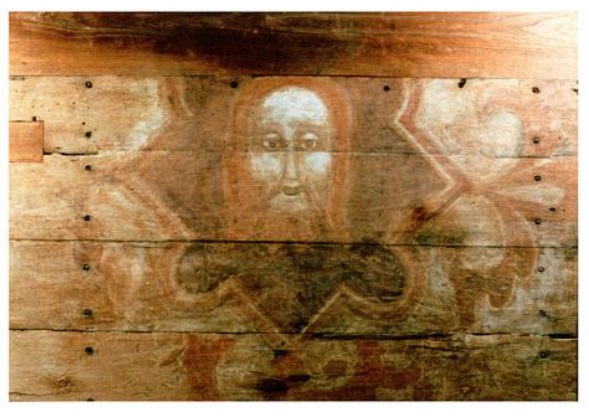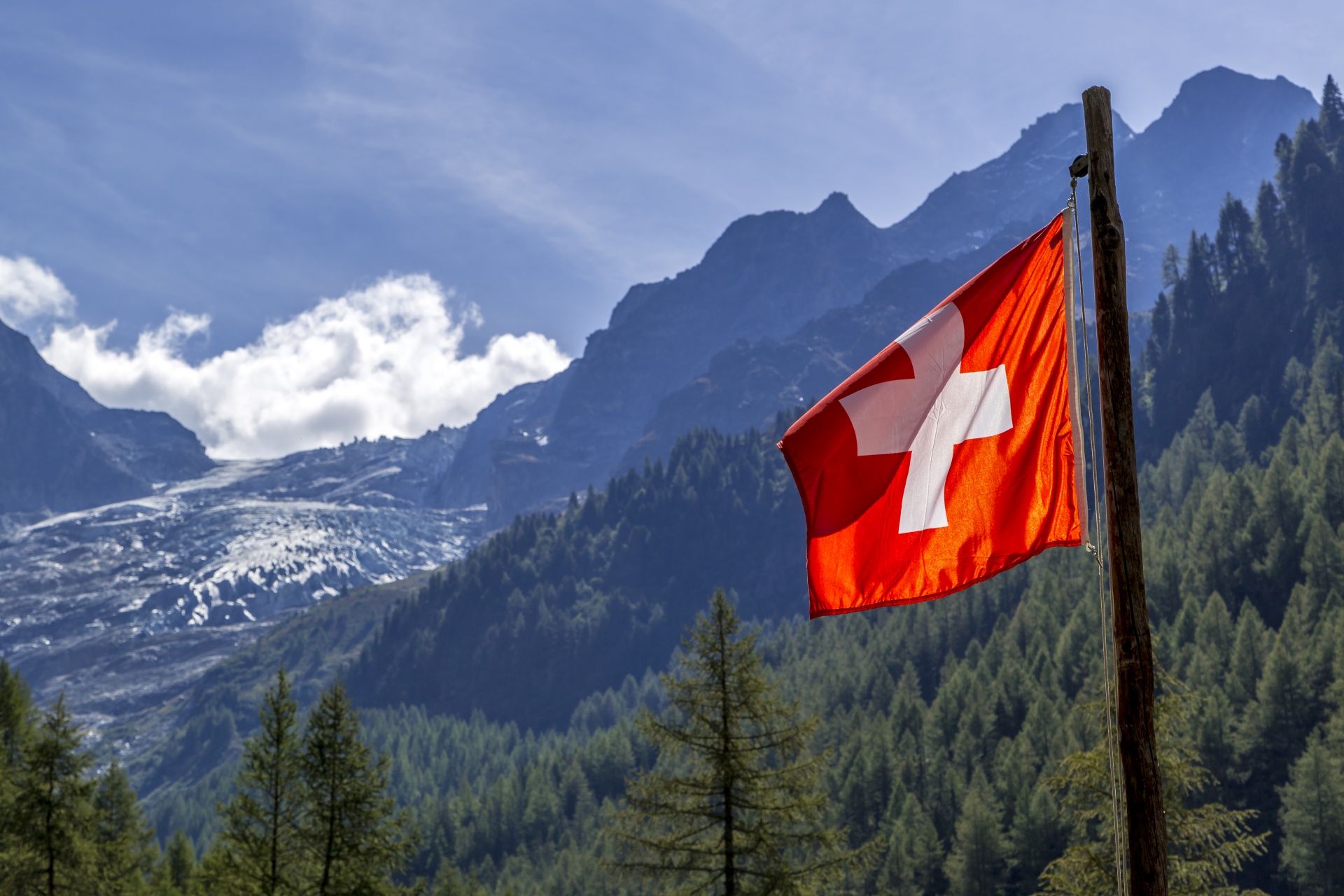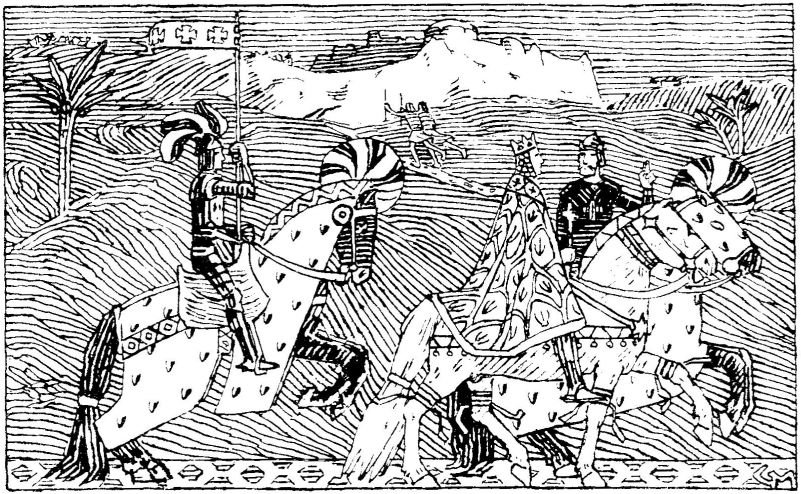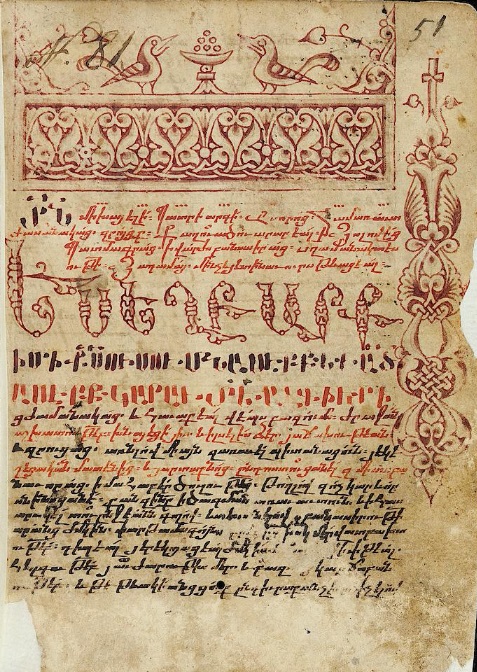The Crusades - from chaos to shared ideal in Christian Europe
Crusader-Muslim relationships during the Crusades
Templar wealth: personal austerity, liturgical richness
Friday, 13 October 1307 - an affair of state
The arrest of the French Templars on Friday 13 October 1307 left its mark on the minds of contemporaries. It even gave rise to myths and superstition linked to the choice of the date of Friday the 13th, which today has become both a day of misfortune for the superstitious and a day of luck for the French national lottery. Unlike often thought, the arrests were an initiative of the French King Philip the Fair, without consent of or cooperation by Pope Clement V who alone held supreme authority over the Templar Order.
The facts on Mount Sion and the crusaders
Louis IX and his Holy relics
"In 1236, the Latin emperor of Constantinople, Baldwin II, approached the West for help in defending his moribund empire, one of the Latin States of Greece, born of the diversion of the fourth crusade in 1204. Early in 1237 he went to meet the French king Louis IX in Paris, telling him that, having run out of resources, he was obliged to borrow money against the relics with which Constantinople was still crammed, even after its sacking of 1204. Owing to his inability to repay the loans, these relics were at risk of falling into his creditors hands. On two occasions Louis IX redeemed the pledge.
The medieval religious Orders as peace negotiators
"The religious military orders of the Middle Ages are often characterised by the image of soldier-monks, dedicated to combat, prayer and nothing else. This image has been strongly nuanced by contemporary historiography. Today's authors add to the military function of the orders, assistance, hospitality and activities in the economic, social, religious, artistic and other fields. Some examples.
Templars and water
The Templars carefully chose the site where they would build their "domus". One of the most important points was accessibility to water. What was the situation at Arville Commandery, France?
André de Montbard - co founder of the Knights Templar
André de Montbard (ca 1068-17 October 1156) was the fifth Grand Master of the Knights Templar and also one of the early members if not one of the founders of the Order. His life started and ended in Burgundy, France, heartland of the Knights Templar as well as the Cistercians. It shows a remarkable link to both.
The Templecombe Head - Templar, lid or relic?
An unknown letter from Jacques de Molay found
"A recent finding at the Archives of the Crown of Aragon, has produced an unknown letter from Jacques de Molay, the last Master of the Order of the Knights Templar, addressed to Ramon de Bell-lloc, Commander of the Order, dated 21st January 1296. What is this letter about?
Commemoration of the 707th anniversary of the death of Jacques de Molay
De Molay, born between 1244-1249, was put to death in Paris by the King of France. He was the 23rd and last Grand Master of the Knights Templar although at the time he was simply indicated as the Master from Outremer. He lead the Order from 20 April 1292 until it was dissolved by order of Pope Clement V in 1307. What is known of his last moments?
Jacques de Molay, the last Templar Master - youth and reception
Jacques de Molay was born somewhere between 1244 and 1249, most probably in Molay in the present day Haute-Saône Department of France. What were his early years like?
Did Templars found Switzerland?
"The Warriors and the Bankers is an interesting discussion about the fate of the monastic and military order Knights Templar after October 13, 1307, the day of its supposed destruction orchestrated by the unpopular King of France, Philip IV. There is strong evidence that some French Templars escaped interrogation, torture and death in France and emigrated to Scotland where they were welcome to fight against the English. Is there also a Swiss connection?
The Origin of the Templars according to Jacques de Vitry ca 1220
Jacques de Vitry (Jacobus de Vitriaco, c. 1160/70 – 1 May 1240), probably born at Reims, was a noted theologian and chronicler of his era. He wrote one of earliest and most detailed accounts on the origin and early years of the Knights Templar. What were his views on this Order?
Horses in the Temple
An important component amongst the equipment of a Templar knight were his horses and the equipment therefore. What were some other rules on Templar horses in peacetime?
Location of the first Templar fortress revealed
In the Middle Ages the important coastal road from Acre and Haifa to Jerusalem ran through a narrow, probably man made passage in the sandstone ridge that runs parallel to the coast line directly to the east of Atlit peninsula. In primary sources this passage is called amongst others Petra Incisa ("carved rock") or Districtum/Destrictum, Destroit or Détroit ("strait") . The setting made the site an ideal location for robbers to ambush pilgrims and other travelers. As even King Baldwin I of Jerusalem discovered in 1103, when he was wounded by robbers in the area. What is the history of this remarkable place and what have the Templars to do with it?
Hugues 1er de Champagne, from Count to Templar knight
On 1
January 1093, Hugues inherited from his other brother Eudes (Odo) IV the Counties of
Troyes, Vitry-le-François and Bar-sur-Aube. Only to abdicate in 1125 to become a Templar knight in the Holy Land.
How did his lifes develop from being a rich and important French nobleman to becoming a poor Templar?
A new Jerusalem in medieval Scandinavia
"(...) There seems to have been a concerted effort in Scandinavia from the beginning of the twelth century to turn the wilderness in the North into a new Jerusalem. As in many other western European countries at the same time, round churches were built in imitation of the Holy Sepulchre in Jerusalem, and relics were brought in huge quantities from the Holy Land to Scandinavia, not least the Holy Cross.
The Chinon Parchment of 1308 - Templars absolved
The relationship between Hugues de Payns and Bernard de Clairvaux
Often it is suggested that the Templar founder and first Master Hugues de Payns and the Templar's spiritual inspirer, the Cistercian abbot Bernard de Clairvaux must have been well acquainted at the onset of the start of the group that became known as the Templars (between 1114 and 1120). One of the arguments is that they both came from noble houses in the Champagne region, so must have known each others. And perhaps even worked together in the founding of the Templar Order. What are the facts?
Ships and navigation during the Middle Ages
On the one hand, we can observe the technical excellence of the Scandinavians, who brought to ship design a real empirical talent for hydrodynamics and a more solid clinker construction. On the other hand, in the Mediterranean, the work of the Byzantines, who took care of the large galley fleets and took this type of ship into the Renaissance.
The Origin of the Templars according to Michael the Syrian ca 1180
Michael the Syrian (ca 1129-1199) is also known as Michael the Great or Michael Syrus or Michael the Elder, to distinguish him from his nephew. He was a patriarch of the Syriac Orthodox Church from 1166 to 1199. He is best known today as the author of the largest medieval Chronicle of Michael de Great, Patriarch of the Syrians, which he composed in Syriac. Various other materials written in his own hand have survived.




















%2C_f.42v_-_BL_Royal_MS_20_C_VII.jpg/684px-Arrest_of_the_Templars_-_Chroniques_de_France_ou_de_St._Denis_(end_14th_C)%2C_f.42v_-_BL_Royal_MS_20_C_VII.jpg)